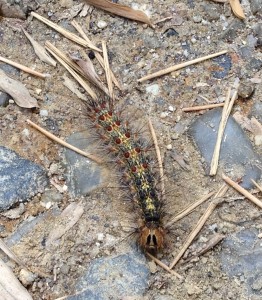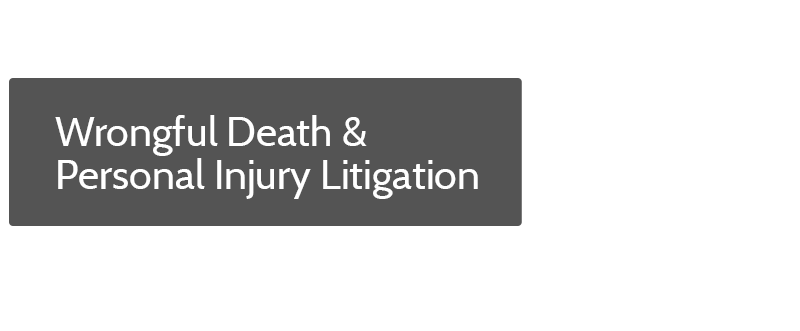Landlord Liability for Dangerous Residential Properties & Conditions
As a general rule, Landlords have a duty to maintain rental properties in reasonably safe condition. While not all dangerous or defective conditions are the landlord’s responsibility, the law does recognize a few situations in which the landlord may have special duties. Let’s examine a few:
Hazardous Conditions in Residential Common Areas
The landlord doesn’t have absolute liability for common area injuries. However, where the landlord maintains control (or sufficient partial control) over the common areas to make it reasonable for the landlord to discover hazards and either fix them or warn tenants (and others) about the hazardous condition, the landlord may have liability for injuries resulting from the condition.
In simpler terms: where the landlord controls or manages the common area, the landlord may have a duty to repair dangerous defects and post reasonable warnings to prevent injuries to tenants and others entering or using the common area. The landlord may be liable even when tenants are primarily responsible for maintaining the common areas. However, the landlord’s liability may not extend to the actions of tenants or third parties over whom the landlord has no actual or reasonably foreseeable control.
Dangerous Conditions Involving Fixture
Both landlords and tenants may have liability for injuries resulting from hazardous fixtures and dangerous conditions resulting from broken or improperly installed or maintained fixtures. Both landlords and tenants have a duty to use ordinary, reasonable care and skill to maintain property, including fixtures. Whether or not such skill was used, and whether or not the injury or damage resulted from a breach of that duty, are generally fact-specific issues requiring an analysis of the particular case or circumstance.

Hazardous Animals and Insects
Generally, non-resident landlords may have liability to injured parties where:
1. The landlord knew about the presence of dangerous or vicious animals at the premises;
2. The landlord had the ability to prevent or remedy the condition (existence of the animal and/or the manner in which the animal is kept); and
3. The landlord fails to take reasonable steps to prevent the animal from causing injury or damage.
Resident landlords, and others who have possession and control of property, have a greater duty to prevent (or at least take reasonable steps to prevent) injuries caused by dangerous or vicious animals. Where the risk of harm is foreseeable, and the person(s) in possession and control of the property have the ability to mitigate or prevent the risk of harm without incurring an unreasonable cost or burden, the law often recognizes a duty to do so.
As a matter of law, neither landlords nor other persons in possession and control of land have a duty to warn or protect other people from harmful insects where the specific insect in question has never been seen by the landlord (or the tenant in possession) prior to the injury or harm. For example, a landlord is not liable for a guest’s harmful spider bite if the landlord did not know that poisonous spiders were present on the property, or in the general area. (See, e.g., Brunelle v. Signore, supra, 215 CA3d at 129, 263 CR at 419.)
***
DISCLAIMER: This article is intended for informational purposes only, does not constitute legal advice to any person or entity, and does not create an attorney-client relationship with any person or entity. Landlord-tenant law, including premises liability, is a complex legal topic, and no single article can provide complete or comprehensive coverage or information about this or any other legal topic or issue. Your personal liability may differ, based on your individual facts and circumstances. If you believe you have a legal claim or issue, or wish to know more about your individual rights, consult an experienced attorney without delay.














